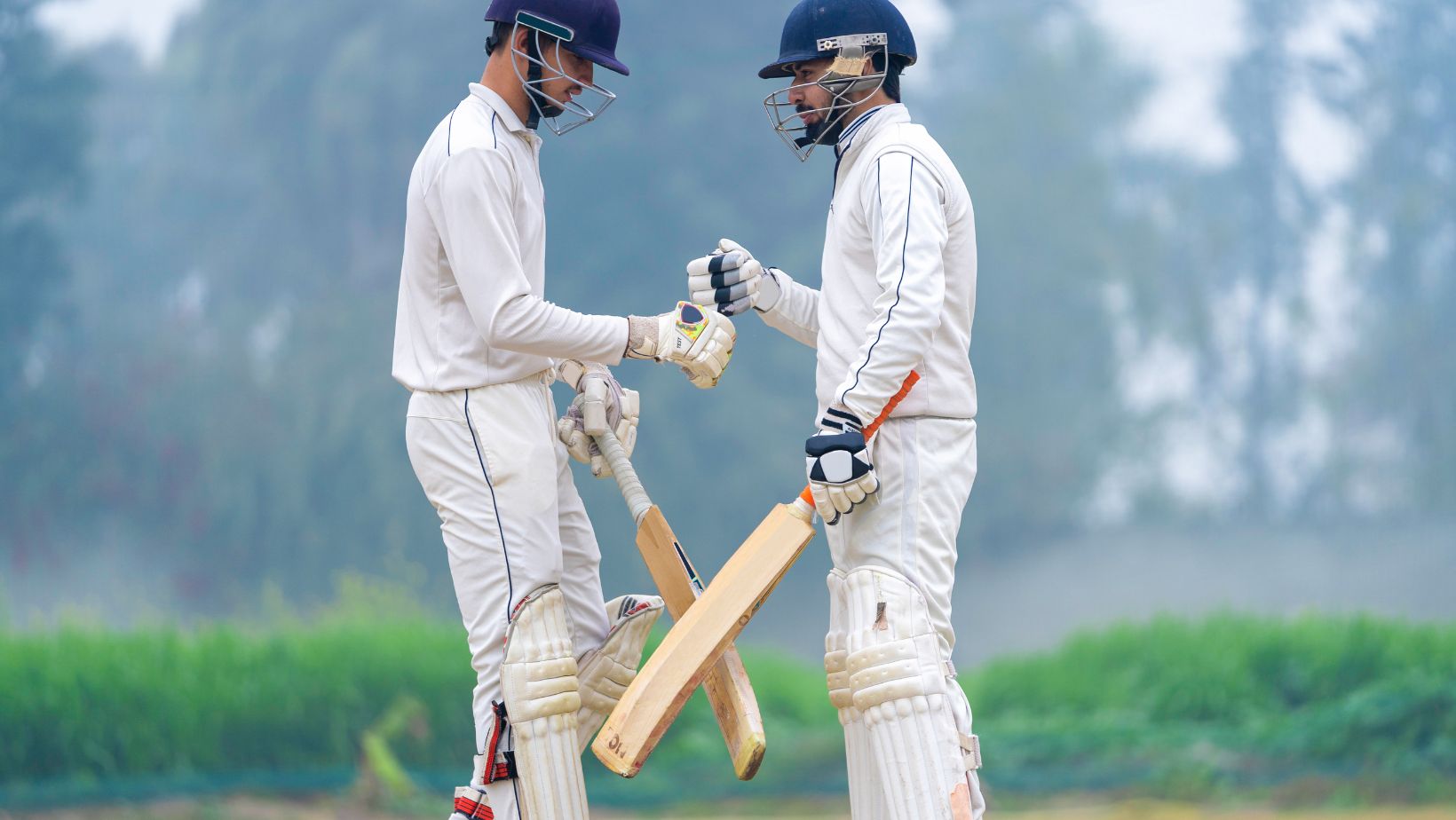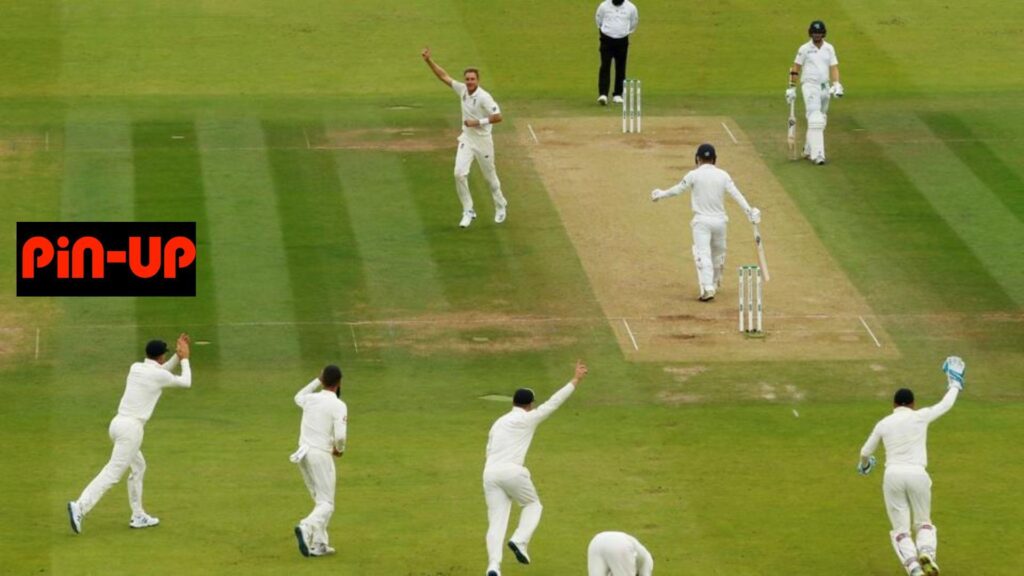Cricket, known as a gentleman’s game, has long held a unique place in the world of sports, blending tradition with intense competition. Over the years, however, its history has been marked by a series of high-profile controversies that have drawn global attention.
Match-fixing schemes, ball-tampering incidents, and umpiring disputes have periodically thrust the sport into the spotlight, raising questions about its governance and ethos. These events, spanning decades and continents, have unfolded against a backdrop of evolving rules and growing scrutiny. Companies like Pin Up Bet India, a notable bookmaker, have even provided betting markets on their resolutions, greatly enhancing punters’ interest in the scandals.
Pin Up Casino: Role in Cricket’s Evolving Landscape
In the vibrant modern chapter of cricket, sports betting platform Pin Up Casino has become a dynamic force in enhancing the excitement of the sport for fans around the world. Launched in 2016, this betting platform brings a bindaas spirit to the game, offering odds on everything from scandals during Test matches to the number of wickets during IPL.
Pin Up Casino empowers enthusiasts to engage with cricket in fresh, thrilling ways, turning every boundary and wicket into a moment of anticipation. Even as the sport navigates its share of challenges—like match-fixing controversies—Pin Up Casino stands as a beacon of innovation, adapting with flair and connecting cricket’s rich heritage to a forward-looking, Indian audience.
The Dark Stain of Match-Fixing
Cricket’s reputation as a sport of integrity took a severe hit with the match-fixing scandals of the late 1990s and early 2000s. The most shocking involved South African captain Hansie Cronje, who admitted in 2000 to accepting money from bookmakers to influence matches. His confession, following intercepted calls with an Indian bookie, exposed a murky underworld threatening the game’s core.

Cronje’s actions implicated other players, including teammates Herschelle Gibbs and Henry Williams, who faced bans for deliberately underperforming. The scandal transcended borders, with Indian players like Mohammad Azharuddin later linked to similar charges. Investigations revealed a network of corruption that stunned fans and administrators alike, prompting the International Cricket Council (ICC) to establish stricter anti-corruption measures.
Ball-Tampering Controversies
Ball-tampering has long been a contentious issue in cricket, with several high-profile cases igniting global outrage. In 2018, the “Sandpaper Gate” scandal saw Australian players Cameron Bancroft, Steve Smith, and David Warner caught altering the ball’s condition during a Test against South Africa. Bancroft’s use of sandpaper, under Smith’s leadership, led to severe repercussions.
The incident sparked a media storm, with Smith and Warner receiving year-long bans and Bancroft a nine-month suspension from Cricket Australia. Public backlash was fierce, as the act clashed with cricket’s ethos of fair play. Amid the uproar, platforms like Pin Up Casino, a notable bookmaker, tracked the fallout, reflecting the sport’s intense scrutiny. South African captain Faf du Plessis, previously fined for similar offences, highlighted inconsistencies in disciplinary measures.
The Monkeygate Fiasco
The 2008 Sydney Test between India and Australia became infamous for the “Monkeygate” scandal, blending racial allegations with umpiring disputes. Australian Andrew Symonds accused Indian spinner Harbhajan Singh of calling him a “monkey,” escalating tensions in an already heated match. The claim led to a three-match ban for Harbhajan, imposed by match referee Mike Procter.
Umpiring errors compounded the chaos, with multiple decisions favouring Australia, including a contentious catch to dismiss Sourav Ganguly. India, frustrated by perceived bias from umpires Steve Bucknor and Mark Benson, threatened to abandon the tour. The ban on Harbhajan was later overturned due to insufficient evidence, but the incident strained bilateral cricketing ties.
Umpiring Blunders That Altered History
Umpiring errors have frequently changed the course of cricket matches, none more glaringly than in the 2008 Sydney Test alongside Monkeygate. Andrew Symonds survived three clear dismissals—edged catches and stumpings—due to Steve Bucknor’s oversights, helping Australia secure a narrow victory. India’s grievances were dismissed, amplifying the controversy.

Another infamous blunder occurred during the 2019 Ashes, when Ben Stokes was given not out despite a plumb LBW appeal from Nathan Lyon. England went on to chase 359, with Stokes’ unbeaten 135 sealing a historic win. Australia’s frustration was palpable, as the decision arguably cost them the match and shifted the series momentum.
Spot-Fixing in the IPL
The Indian Premier League (IPL), cricket’s glitzy T20 league, faced a major scandal in 2013 when players were arrested for spot-fixing. Rajasthan Royals’ S. Sreesanth, Ajit Chandila, and Ankeet Chavan were implicated in fixing specific overs for cash, orchestrated by bookmakers. The arrests rocked the tournament’s credibility.
Investigations revealed deeper corruption, with team owners and officials also under scrutiny. Chennai Super Kings and Rajasthan Royals faced two-year suspensions, while Sreesanth received a lifetime ban (later reduced). The scandal highlighted vulnerabilities in T20 leagues, where high stakes and glamour often attract illicit activities, prompting tighter regulations.
The Oval Forfeiture of 2006
The 2006 Test at The Oval between England and Pakistan ended in unprecedented fashion when Pakistan forfeited the match. Umpire Darrell Hair accused the visitors of ball-tampering, awarding England five penalty runs without warning. Pakistan, led by Inzamam-ul-Haq, protested by refusing to resume play after tea, creating a tamasha that gripped the cricketing world.
The umpires declared England winners by forfeiture—the first such instance in Test history—igniting a firestorm. Pakistan argued the decision lacked evidence, while Hair’s uncompromising stance drew accusations of bias. The ICC later downgraded the result to a draw, but the MCC upheld the original ruling, exposing rulebook ambiguities.



